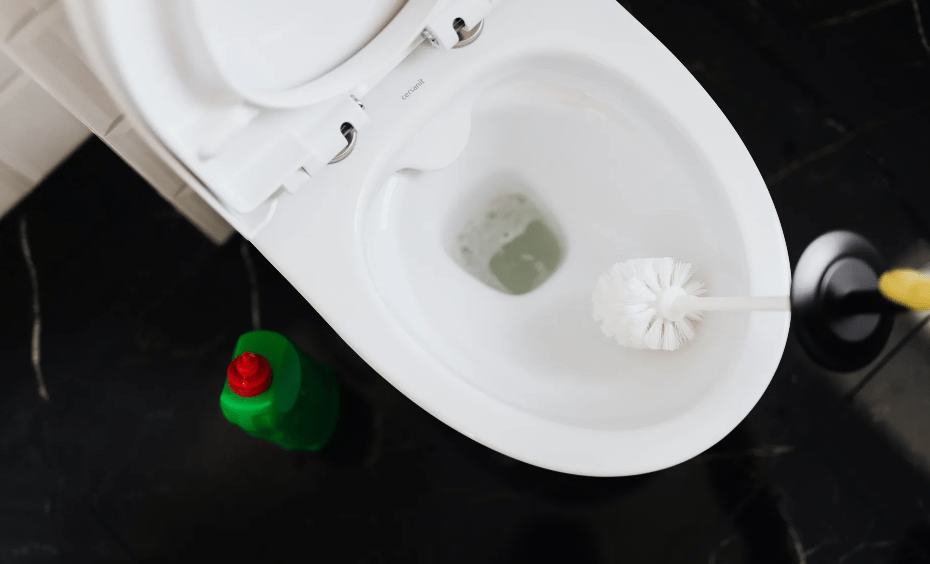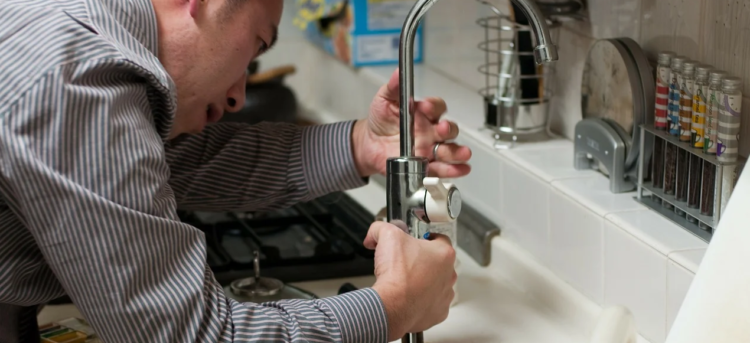How to Easily Solve Your Plumbing Problems
Our homes are usually our biggest assets, yet they can regularly require maintenance. Things stop working and issues appear. It can be a costly business, but fortunately, there are a number of do-it-yourself tasks that most people can achieve.
This article will focus on plumbing issues that you can fix yourself, either permanently or until the plumber arrives.
Low water pressure
When low water pressure occurs it’s worth checking it is not an area-wide issue or something that next door is also experiencing. If it seems to be your problem alone, check if the issue is with just the hot or cold tap, or both. If it’s both, the aerator at the end of the tap may need removing, and sediment (calcium) simply be removed.
The water pipes by the water meter will have shut-off valves. They can be adjusted, so it’s worth checking if they are open fully. The water pressure levels should be somewhere between 45 and 60 psi, and certainly not higher than 80 or things like leaks will develop long term. In Ontario, the by-law states that the maximum allowable water pressure is 70 psi. Consulting with an Expert Plumber in Cambridge, Ontario before adjusting your water pressure is always recommended. They can provide professional advice on the best course of action.
Slow draining sinks and baths
When it comes to sinks, things like hair and other small items can build up over time, creating problems. If there is a pop-up plug rather than one on a chain, remove this and check for anything stuck below. Long term it’s advisable to use a hair trap so such materials can’t get down the plug hole in the first place.
Baths are a similar issue where hair traps are beneficial. Small tweezers can be a handy tool for non-plumbers, used for removing anything down the plughole. Sink plungers can also be used for sink and bath slow drainage issues, and blockages.
Leaky pipes
This is the scenario where most people panic. Fortunately, something temporary can be done before the plumber arrives. Pipe repair clamps can be put over the leaky area and screwed tight. Self-fusing repair tape is something to definitely keep in stock. It’s a great alternative that can simply be wound a couple of times around the pipe to temporarily stop the water coming out.
Toilet issues
It’s important not to flush diapers or sanitary towels down the toilet. Some wipes are flushable, but if they aren’t they should simply be binned. Ultimately they can become stuck and create blockages.

If a toilet is blocked, plastic gloves are strongly recommended! Sometimes there is something that won’t flush, but an emptied bucket of water may provide enough pressure to shift it. Never do this if the toilet is full of water, however.
It is possible to manually reach down the u-bend and remove whatever is lodged there. Provided the flush pipe is not a flexible one, a wire coat hanger may be a less unpleasant way to remedy the situation.
If there is water around the toilet it may be hard to know if it’s a leak or simply something splashed from the nearby bath. By simply putting food coloring in the toilet cistern, it will be easy to see what is the source of the water and whether something needs to be done.
If the toilet keeps running, it can be noisy and annoying. Lift the cistern lid and check these three things:
- The toilet fill valve
- The toilet flapper
- The flush valve
This may need a bit of online research first, but these are definitely the areas to check.
A blocked rubbish disposal unit
One doesn’t have to run water whilst disposing of rubbish this way. Long term it may be better to put the food in the recycling or compost bin if there are regular issues. An allen wrench or key is needed to unlock the bottom of the unit so the area can be accessed, and blockage addressed.
When it can’t be self-resolved
Some things will require professional assistance in order to create a lasting solution. Do your research and consider different companies. Some of them offer professional assistance that is available 24/7, so check their website to see if this is the case if you are having an emergency in the middle of the night. Having industry certified workmen is also important. It’s always worth checking the Department of Consumer Affairs records. They will reveal if anyone has taken legal action against the contractors. It’s also beneficial to check the company’s license, and any reviews that can be found on the internet or social media.
As we have seen, some plumbing issues may be quick to diagnose and rectify. There are also quick fixes that will keep everything under control until a professional arrives. It’s best to use preventative measures to stop blocked sinks, baths and issues with garbage disposal units. If an issue is identified, however, the average layman will be well placed to remedy the problem. Some household items can serve well in the absence of normal plumbing tools.





